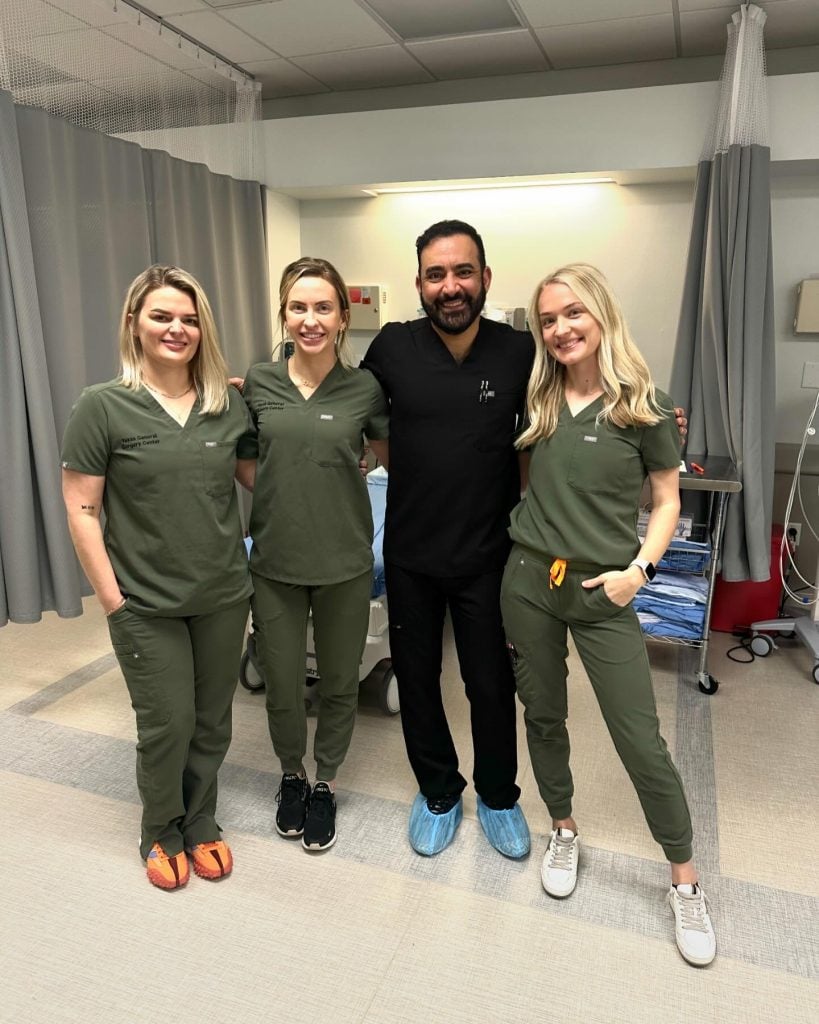Lower back pain can feel relentless. It makes it hard to work, sleep, and enjoy everyday life. If you’ve tried rest, medication, or physical therapy without much relief, you might be wondering about spinal decompression therapy. Is it effective? Can it help your lower back pain without surgery?
Let’s break it down in a simple, clear way to help you decide if this treatment could be the right option for you or a loved one.
What Is Spinal Decompression Therapy?
Spinal decompression therapy is a non-surgical back pain treatment designed to gently stretch the spine. This creates space between the vertebrae, helping reduce pressure on the discs and nerves. It’s often done using a motorized table or traction device controlled by a specialist.
According to Dr. Ghalambor, an interventional pain management specialist at NorTex Spine & Joint Institute,
“Spinal decompression is designed to restore alignment and relieve nerve pressure caused by herniated discs, bulging discs, or degenerative disc disease. When used appropriately, it can offer significant relief without the risks of surgery.”
Who Might Benefit?
Spinal decompression therapy is often used for:
- Herniated or bulging discs
- Degenerative disc disease
- Sciatica
- Pinched nerves
- Spinal stenosis
It is not for everyone. Patients with spinal fractures, metal implants, or advanced osteoporosis may not be suitable candidates. That’s why an expert evaluation is essential before starting therapy.
How Spinal Decompression Works
The therapy works by slowly and gently stretching the spine using a specialized table. This:
- Decreases pressure on lumbar discs
- Promotes fluid and nutrient flow back into the discs
- Helps reposition slipped or bulging discs
- May reduce inflammation around nerves
The goal is to provide long-term relief from nerve compression without invasive procedures.
What to Expect During a Session
Each spinal decompression session typically lasts 20 to 30 minutes. You remain fully clothed, lying comfortably on the decompression table. The process is controlled and adjusted based on your specific condition.
Many people start to feel improvement after a few sessions, though a typical treatment plan may involve 10–20 appointments over several weeks.
Is It the Same as Traction Therapy?
Not exactly. While both use stretching, traction therapy applies a constant pull. Spinal decompression therapy uses a computerized system that applies variable force and rest cycles, mimicking natural spinal movements. This makes it gentler and more effective for long-term results.
“Think of it as targeted relief,” explains Dr. Ghalambor.
“We’re not just pulling on the spine. We’re applying smart, responsive forces that relieve pressure and allow the body to heal.”
Benefits of Spinal Decompression
- Non-invasive: No surgery or needles
- Drug-free: Avoids long-term use of pain medications
- Customizable: Adjusted to your comfort level and spine condition
- Promotes healing: Encourages natural disc recovery
- Convenient: In-office sessions with no downtime
Are There Any Risks?
Spinal decompression is generally safe when performed by trained professionals. Mild soreness is possible after early sessions, but serious side effects are rare. Still, it’s not for everyone.
Always discuss your full medical history with your provider. In some cases, alternative treatments or surgical options may be more effective.
Common Questions Answered
Is it covered by insurance?
Some insurance plans cover non-surgical back pain treatment like spinal decompression. Coverage may vary, so check with your provider.
How much does it cost?
Spinal decompression treatment cost can range from $50 to $200 per session depending on the clinic and region.
Can it help with a herniated disc?
Yes. It’s one of the most common reasons people seek this therapy. Many patients find relief for herniated discs without surgery.
Where can I find this therapy?
Look for a back pain therapy center near me or search spinal decompression therapy near me to find qualified providers.
If you’re in Fort Worth, Allen, Coppell, or Garland, TX, NorTex Spine & Joint Institute offers expert care with a patient-first approach. You can easily book spinal decompression sessions, schedule non-invasive disc therapy, or learn more about lumbar traction therapy for back pain.
“We’re here to help patients return to the activities they love,” says Dr. Ghalambor.
“Our goal is to relieve pain, restore function, and avoid surgery whenever possible.”
Final Advice
Spinal decompression can be a helpful part of your recovery if you’re struggling with chronic lower back pain. It’s not a one-size-fits-all solution, but for the right person, it can provide lasting, non-surgical relief.
Transparency Statement:
While NorTex Spine & Joint provides specialized care, many reputable clinics offer similar treatments. Always seek multiple opinions before deciding on treatment.
Additional Resources:
https://www.mayoclinichealthsystem.org/hometown-health/speaking-of-health/7-common-low-back-pain-faq
https://www.webmd.com/back-pain/what-helps-with-lower-back-pain







